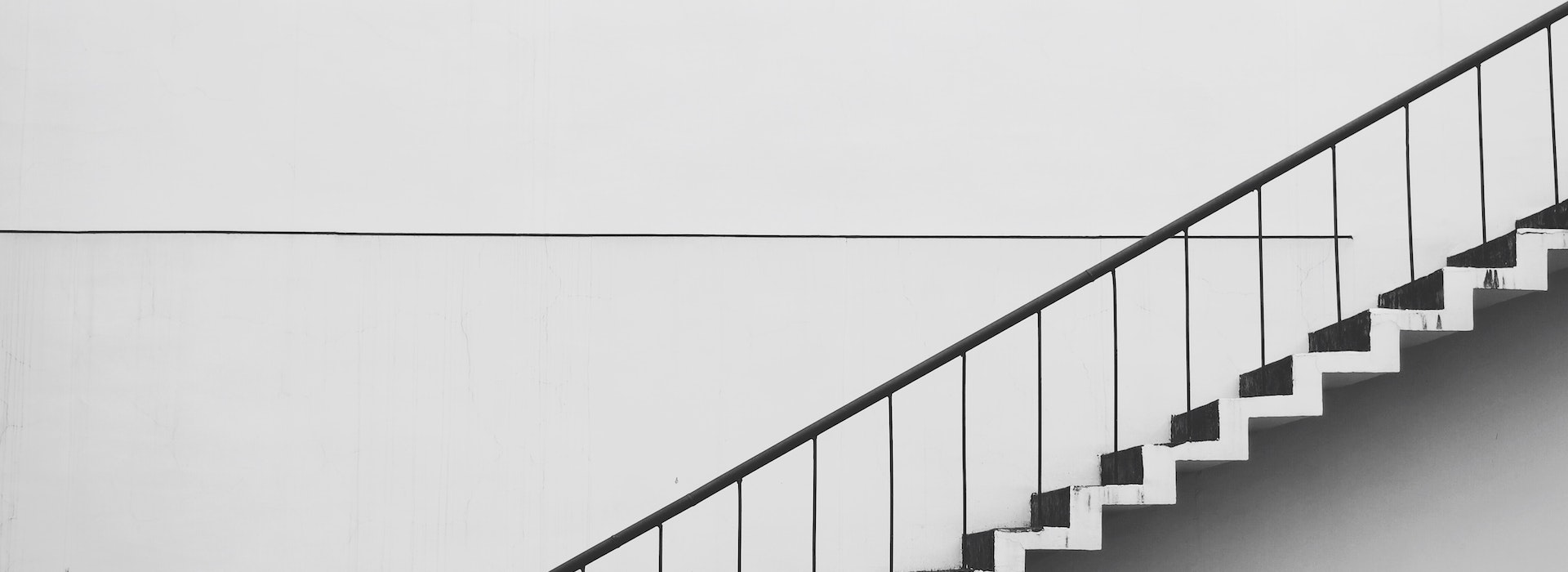The human mind is a problem-solving machine. It can come up with creative solutions for the most complex problems, helping us survive and thrive, while bringing us useful inventions like lightbulbs, cars, and modern medicine.
Unfortunately, despite its many advantages, it also has a cost. Our minds are so effective at spotting and solving problems, that they never seem to be able to stop, turning the problem-solving machine into a problem itself.
You might recognize this with yourself. For instance, you might you lie awake at night, recalling a painful memory, reliving it again and again, hoping to extract an important lesson. Or you might go into imaginary arguments with yourself, wondering what some person might say and trying to find powerful counter arguments for each point made.
In each case, you get lost in your own head, fantasizing about a painful scenario, while calling forth hurtful emotions like sadness, fear, anger, or shame. And if this wasn’t enough, you also lose sight of what is happening right in front of you, making you miss out on opportunities that are unfolding in the present moment.
The impulse to get pulled into our own heads comes from a desire to avoid suffering, as well as from a deep desire for orientation. Simply said, we want to know where we are in life. And unfortunately, our minds often try to answer this question more by ruminating about the past or worrying about the future, than by observing what is actually here, now. That’s a sure pathway to getting stuck in our heads.
If we want to stop making things difficult for ourselves, learn to get out of our heads, and reconnect with the present moment, we need to reclaim and train our attention.
How To Operate Your Inner Flashlight
Training our attention is like learning how to use a high-tech flashlight. We can broaden the beam to highlight a wide area, or we can narrow it down into a concentrated beam – depending on the demands of the situation. Similarly, we want to train the range of our awareness, as well as our ability to focus in a chosen direction.
We can practice our attention in many different ways (I’ve included a lot of useful techniques in my new book A Liberated Mind: How to Pivot Toward What Matters). For now, let’s focus on a simple practice you can do easily at home right now.
Sit down in a comfortable position, and make your back straight. Next, close your eyes and take a few breaths. Focus on the “shape” of breathing, without trying to control your breath in any way. Notice at the top of the breath you are neither breathing in nor out. It does not last very long (only milliseconds) but notice the turn from in to nothing and then from nothing to out. Then gently notice at the bottom of the breath that again you are neither breathing in nor out. Notice the turn from out to nothing and from nothing to in. Whenever your mind wanders off from the “rectangular shape” of your breath (as it inevitably will), gently bring your attention back to the shape of your breath. Rinse and repeat.
When you tire of the shape of breath, notice only the space between breaths — the kind of dashes of nothing. Then notice the volume of breath. Some breaths are deep than others. Notice how your body expands more on some breaths than others. Then notice the temperature of breath. It is almost always a bit cooler on the way in, than on the way out.
What you are doing is practicing broaden and narrowing the flashlight beam of attention; and shifting and staying, as you might move a flashlight from one place to another.
Do this exercise a few minutes each day to strengthen your ability to notice and regain focus. Whenever your mind wanders off, gently guide it back. Make sure, though, you don’t use this exercise as an escape mechanism, but as a way to become more fully engaged in life. Becoming oriented is not about rumination and worry, but about becoming more aware of what is happening right here and now in the present moment.







